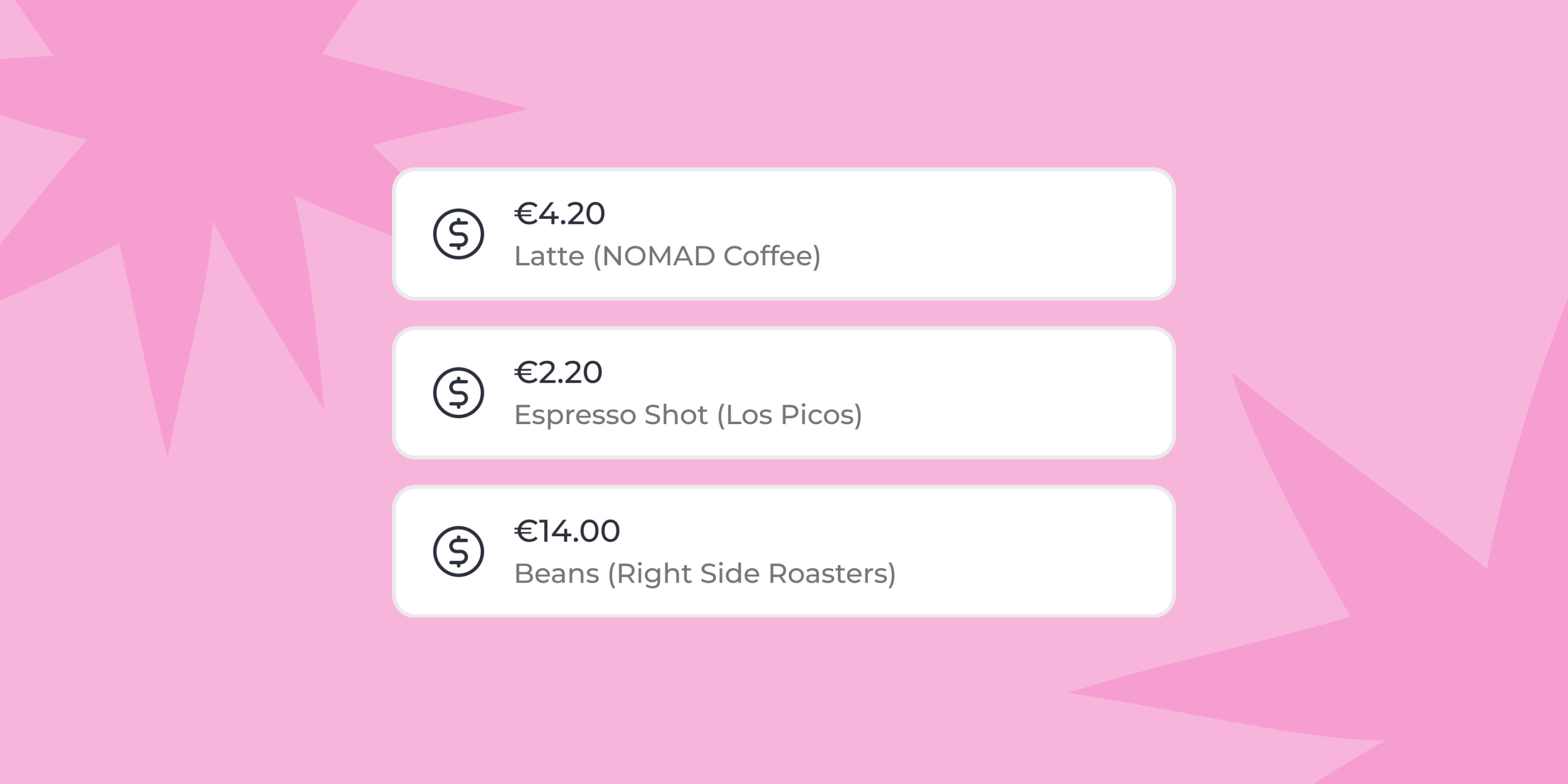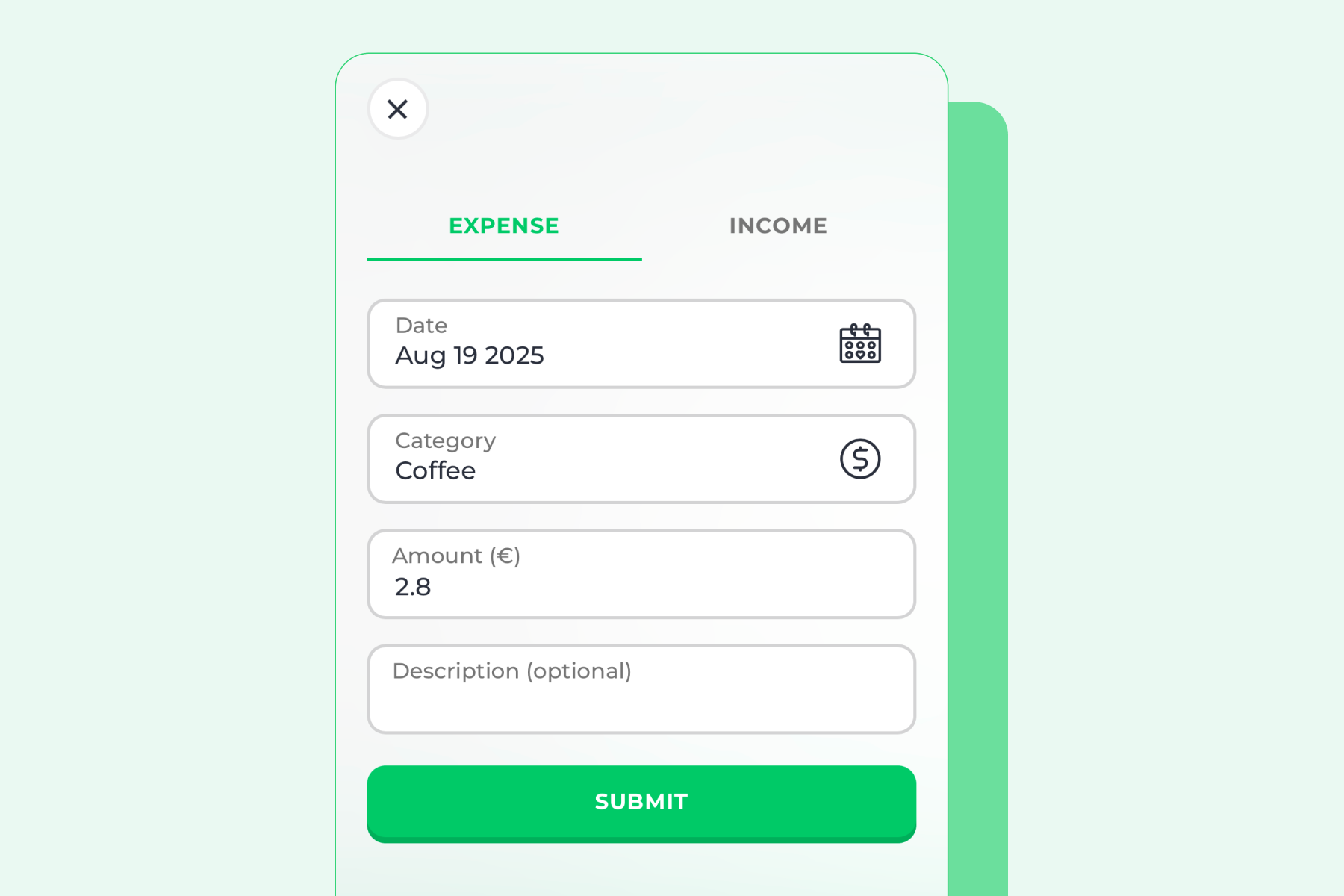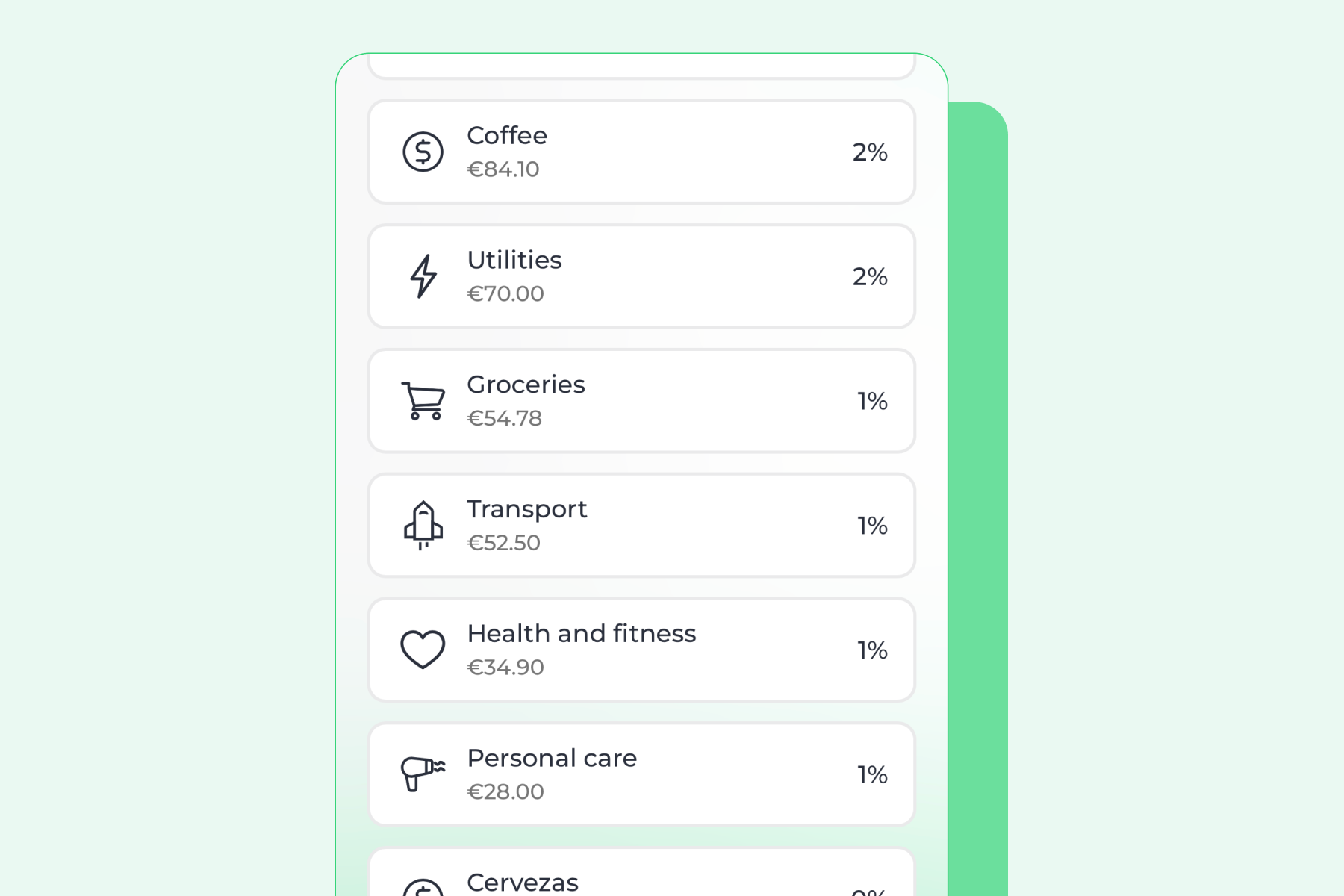How to Track Coffee Spending Manually

Learn how to track your coffee spending manually. Simple, fast, and eye-opening. See how much those lattes add up each month with MoneyPeas.
Coffee might seem like a small daily expense, but it adds up fast. Whether it’s your morning latte, an afternoon pick-me-up, or a weekend café trip, those cups can quietly eat into your budget. The good news? You don’t need a complicated app or bank connection to get clarity. A simple manual tracker can show you exactly how much you’re spending on coffee each month.
Why Track Coffee Spending?
Awareness: Most people underestimate how much they spend on coffee. Writing it down makes the total impossible to ignore.
Control: Once you see the pattern, you can set limits that feel realistic instead of guessing.
Priorities: Tracking shows if coffee is something you really value or just a habit that drains your budget.
Step 1: Pick a Simple Tool
Manual tracking works best when it’s quick. You don’t need a spreadsheet with formulas or a bank-linked budgeting app. Tools like MoneyPeas let you log expenses in seconds: just type the date, the amount, and “Coffee” as the category.

Step 2: Log Every Purchase
Each time you grab a cup, enter it immediately. Don’t wait until the end of the week — it’s too easy to forget. Even a €3 drip coffee matters when it happens 20 times a month.
Step 3: Review Weekly Totals
At the end of the week, check your running total. This helps you spot trends before the end of the month. You might notice:
- Weekday purchases are fine, but weekends double your spend.
- Afternoon “pick-me-ups” are the real culprit.
- A few higher-priced specialty drinks are adding up.

Step 4: Set a Coffee Budget You Can Stick To
The goal isn’t to cut out coffee completely (unless you want to). Instead, decide on a monthly coffee budget — maybe €40, €60, or €100 — and challenge yourself to stay within it. Manual tracking makes this a lot easier because you always know where you stand.
Step 5: Celebrate the Savings
If you normally spend €120 on coffee but bring it down to €80, that’s €40 saved. Over a year, that’s nearly €500. Seeing the number grow motivates you to keep going.
Final Thoughts
Tracking your coffee spending manually keeps things simple, transparent, and in your control. No need to link your bank or wrestle with complicated apps — just a quick log each time you buy. And if you use MoneyPeas, you’ll get an instant dashboard that shows exactly how your coffee habit fits into the bigger picture of your budget.
Start today: track your next coffee purchase and see how quickly the numbers add up.
Related: Why Manual Budgeting Still Wins in 2025
FAQ: Tracking Coffee Spending
How do I track my daily coffee spending?
You can log each purchase manually in a simple expense tracker like MoneyPeas. Just enter the date, description, and cost. Over time, you’ll see exactly how much those small purchases add up.
What’s a realistic coffee budget per month?
It depends on your habits. Many people spend between €30–€100 monthly on coffee. Tracking it manually helps you set a budget that fits your lifestyle.
Why track coffee spending manually instead of automatically?
Manual tracking keeps you mindful. Automated apps often miss details or categorize incorrectly, but writing it down yourself helps you connect with the habit and spot savings opportunities.
Can I really save money by budgeting coffee?
Yes. Even cutting back one café coffee a week can save €15–€20 per month. Over a year, that’s a few hundred dollars back in your pocket.